Last weekend we want to see Cavalia Odysséo, a circus of horses, acrobats, and aerialists. It is a magnificent show.
Our trip to the circus began, in a way, many months ago. In March 2012, I got an email that began, “My mother has terminal cancer.”
PHD and Laurette Charron’s Cancer
The email was from Michel Charron, an aerialist with Cavalia Odysséo. Here is what he wrote:
I rushed home from Miami … to New Brunswick, Canada, to see what I could do for Mom. The doctors say there is nothing they can do for her now…. The doctors have already decided that she is dead, and that there is nothing to be done but to keep her as comfortable as possible to the end.
She has cancer of the liver and of the colon. They have found lesions on her lungs, which they believe are also cancerous….
When I arrived ten days ago, my mother was totally unrecognizable. She was taking six pain pills a day, had no tone in her facial expressions, could not pronounce the letter ‘s’ properly, had severely restricted mobility, as well as difficulty concentrating and following regular conversation….
We are all alone here and would greatly appreciate some friendly advice.
I gave my cancer suggestions. The gist of my dietary advice for cancer can be found in these two posts: An Anti-Cancer Diet, September 28, 2011, and Toward an Anti-Cancer Diet, September 15, 2011. Extracellular matrix is very important, so soups and stews with connective tissue are important. Good, balanced nutrition is crucial; many nutrient deficiencies, excesses, and imbalances promote cancer. Lifestyle is very important too: circadian rhythm entrainment may be the single most important factor determining cancer prognosis.
I didn’t hear from Michel for seventeen months. Last Friday, Michel sent another email:
I contacted you last year regarding my mother, Laurette, who was diagnosed with generalized cancer and given very little time to live. You proved a light in very, very dark times. My mother not only lived nine months longer than predicted, but the quality of her life improved dramatically. Thank you for that.
Cancer is a terrible disease, and had Laurette’s cancer been caught earlier there would have been hope of recovery, but Michel was grateful for the extra time he had with his mom. She got off most of her prescription medications, dropping from 22 drugs to 5, and became physically and mentally able to enjoy what remained of her life. Michel and Laurette were able to spend time together, share their love for each other, and say farewell.
It happens that Cavalia Odysséo is playing in Boston right now, and Michel invited us to the show. If you ever have a chance, it is well worth a trip. The horses – there are 63 horses in the show – are a pleasure to watch; the scenery is magnificent; and the performers superb. This trailer will give you an idea of the show:
Here is the circus tent:
Michel invited us back stage after the show. Here we are with some of the performers – Michel is holding our book:
With Michel and his wife and co-performer Tomoko:
Some of the horses, exhausted by the show, turn their backs to visitors:
And here I am getting a lesson in aerialism from Michel:
Thank you, Michel! It was a magical night.
The Big Swim
If you’ve read the jacket of our book, you’ll know that Court Wing, head trainer at CrossFit NYC, says in his blurb, “One of my best friends was on the diet while undergoing chemo and his bloodwork numbers were so good that they would have been considered average … for a person without cancer.”
I haven’t yet told the story of Court’s friend, D. Kirk MacLeod. Kirk discovered he had cancer when his colon ruptured in August 2010. He’s had multiple surgeries and chemotherapies since.
Kirk has now done something remarkable. On August 4, he swam the Northumberland Strait between New Brunswick and Prince Edward Island – an 11 mile swim. He wrote beforehand:
I really do feel like I am accomplishing the impossible… I have gone from less than 160 pounds, weak and worn from chemotherapy before Christmas (less than I weighed in high school!) and two major surgeries in February and March…to 185 pounds, fit, strong and ready to swim over 14 kilometres on Sunday, August 4th!!! I started slowly training at the beginning of June!
In July I started training “hard” under the guidance of Court Wing (my Crossfit coach from Crossfit NYC) and Max Wunderle (my swim coach of TriMax Fitness). I also had invaluable eating advice from Paul Jaminet (The Perfect Health Diet). Their help and direction has been phenomenal – I couldn’t have done it without them!
After the swim, Kirk wrote:
It was brilliant… It was hard as hell…and it was an accomplishment I never imagined….
I finished in 6 hours and 25 minutes. We figure I swam about 17 km … maybe more.
I was only cleared to train at the end of May and started training in June…I began at zero. I couldn’t even do basic exercises with weights. I wasn’t a swimmer. I had never trained in swimming.
It’s an incredible story and an incredible accomplishment. Here’s Kirk:
Kirk did his “Big Swim” to benefit the Brigadoon Children’s Camp Society, a charity for chronically ill kids. If you’d like to reward his hard work, donate here through Canada Helps.
Cancer and Nailbiting
Reports from other cancer patients suggest that cancer therapies are much less toxic when patients are eating PHD. Here, for example, is Bill Rafter:
About 6 months ago I learned that I had metastatic prostate cancer. The treatment recommended was hormone therapy and targeted radiation…. The effects are a total suppression of sexual drive, hot flashes similar to those experienced by menopausal women, and the feeling that one is an old, old man…. I found the last one particularly brutal, and questioned whether I wanted treatment at all.
A friend gave me a good book on cancer, recommending an all-out approach rather than the sequential attempts favored by most oncologists. Nutrition was a major part of the approach. I then trolled my friends for books on nutrition and one commented that PHD was the best he had ever read. I am overwhelmed by what it has done for me.
After reading PHD, I immediately adopted the recommendations in full, with the exception of fasting. I then went thru 44 radiation treatments, and never felt fatigue, a common symptom. No more old man feelings, and no thoughts of quitting treatment. Hot flashes are completely gone, which really puzzles the oncologists. Everyone wants to know what stopped the hot flashes.
Of course breezing through therapy is not the same as recovering, but it is a good start. If therapies have fewer side effects, higher doses can be utilized, and treatments might be more effective.
Bill continued:
But that’s not all. Ever since grade school I have been a nailbiter. I knew the habit was caused by a chemical imbalance, rather than behavioral, but could never figure out what. But since adopting PHD, my fingernails have grown to the extent that filing them is annoying. That makes me wonder that if PHD brought my system into balance, how many other imbalanced people could also benefit.
I think a lot of people can benefit from PHD. Similar to Bill’s case, it’s rare for only one health condition to improve when diet and lifestyle are improved. Usually all or nearly all health problems improve. This suggests that poor diet and lifestyle are contributors to many diseases.
Invitation to Perfect Health Retreats
A few recent events have increased my interest in how PHD, or ancestral diet and lifestyle generally, affect cancer:
- Shou-Ching and I have recently been asked to assist in developing the dietary and lifestyle advice for a cancer clinical trial.
- Our Perfect Health Retreats provide a fairly controlled environment where we might be able to see and measure the effect of PHD on cancer patients. Michel told us that when he put his mother on PHD, he saw notable improvements after two weeks. So a thirty day program may be long enough to generate observable results.
- The launch of the Journal of Evolution and Health gives a scholarly forum for communicating observations and exploring hypotheses.
As readers know, my mother died of cancer, so this is of special interest to me. I suspect that diet and lifestyle have a much bigger impact on cancer than most realize. There is shockingly little research underway into this aspect of cancer management.
To gain more insight into how diet and lifestyle may affect cancer outcomes, I’d like to invite cancer patients to come to our Perfect Health Retreats. Perfect Health Retreats are not a medical program, there is no medical treatment or advice available – just great food, an environment designed for optimal healthfulness, and an educational program teaching how to live for optimal health. So the program will not be suitable for severely ill patients.
If you’re interested in participating, please contact Paul Jaminet at paul@perfecthealthretreat.com and 617-576-1753 or Whitney Ross Gray at whitney@perfecthealthretreat.com and 910-763-8530.








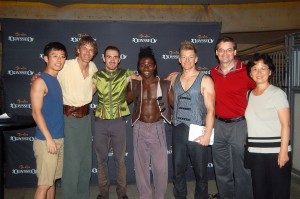

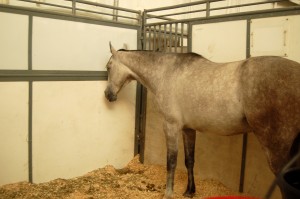

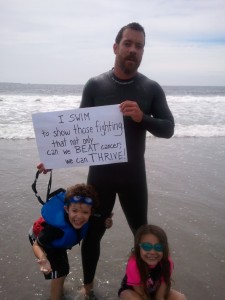
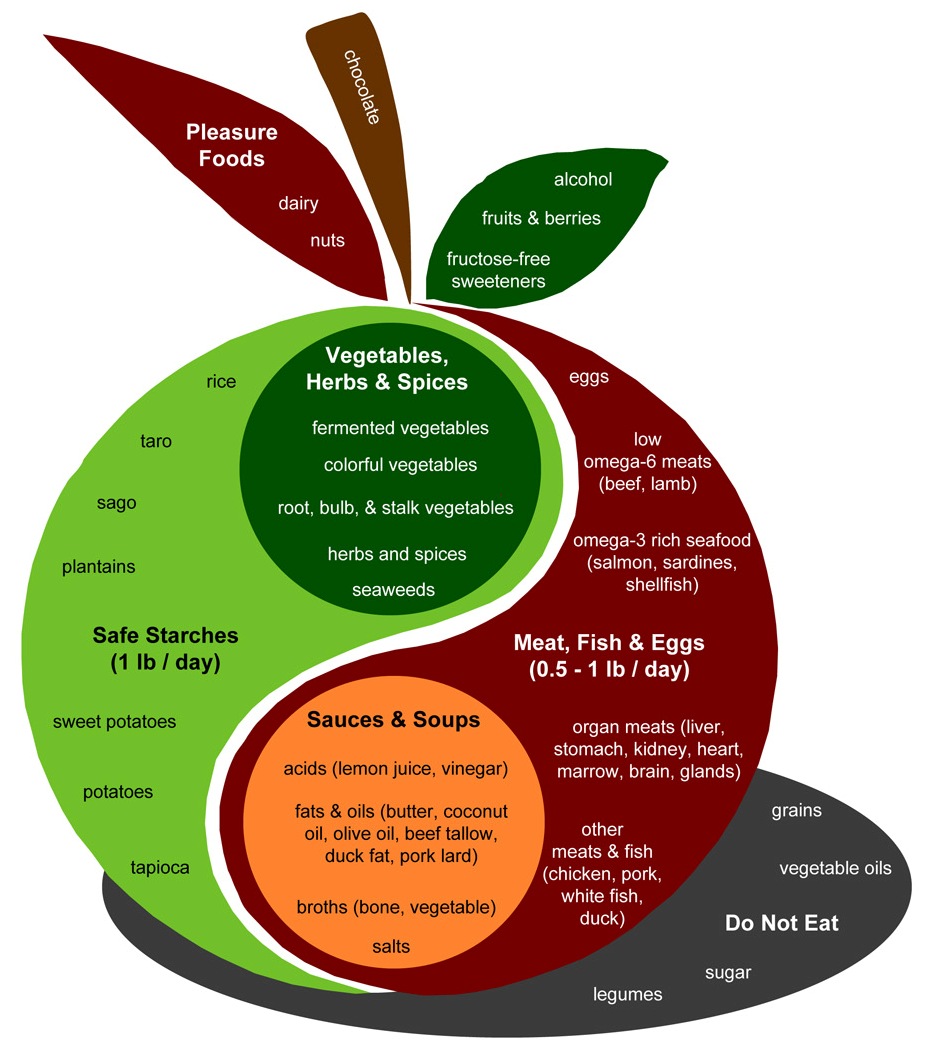



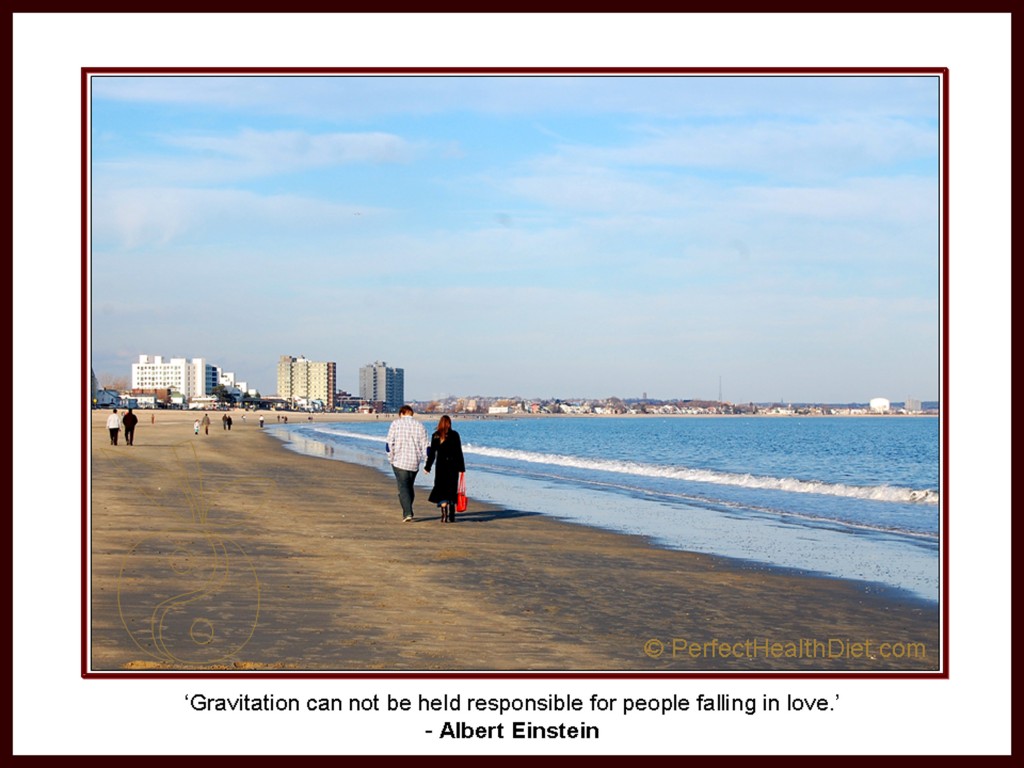




Recent Comments